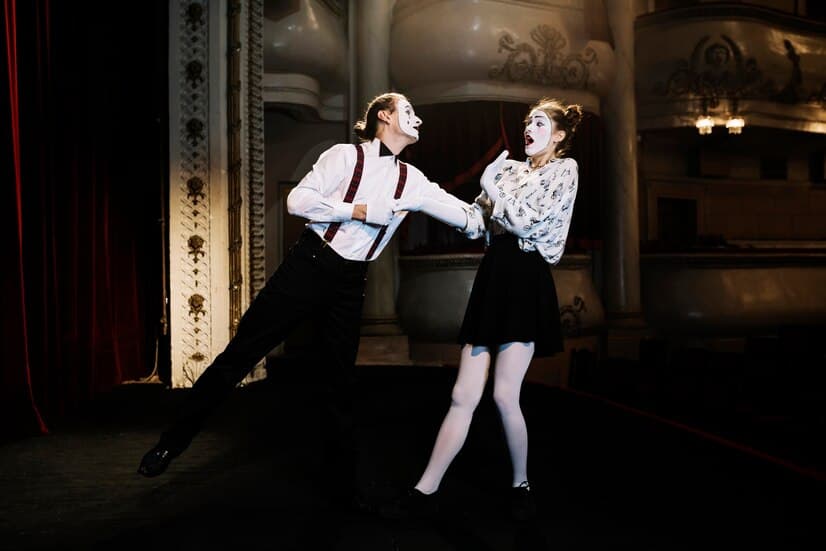Practical Aesthetics, a celebrated acting technique honed at New York’s Atlantic Theater Company, serves as a cornerstone for both aspiring and seasoned actors within the realm of stagecraft.
Amidst the backdrop of illustrious Off-Broadway productions and acclaimed Tony-winning musicals, this institution also functions as an esteemed acting school, where actors delve deep into the intricacies of the Practical Aesthetics approach.
Unveiling the Genesis of Practical Aesthetics
The genesis of Practical Aesthetics finds its roots in the corridors of New York University, circa the early 1980s. Mary McCann, now the esteemed executive director of the Atlantic Acting School, was among the fortunate few who imbibed this technique firsthand from luminaries like playwright David Mamet and actor William H. Macy. Together, they meticulously refined the method, laying the foundation for what would later blossom into the Atlantic Theater Company.
Exploring the Core Tenets of Practical Aesthetics
At its core, Practical Aesthetics hinges on two foundational principles: “Think before you act” and “Act before you think.” This methodology underscores the significance of both preparation and spontaneity in the art of acting, guiding performers to navigate the intricate interplay of action and moment with precision and authenticity.
Delving into Script Analysis within Practical Aesthetics
Central to the Practical Aesthetics paradigm is script analysis—an intricate process wherein actors dissect texts with keen insight and acute observation. Through a series of probing questions and exercises, performers unearth the essence of their characters and the narrative tapestry they inhabit, thus infusing their portrayals with depth and nuance.
Distinguishing Features of Practical Aesthetics
Practical Aesthetics challenges conventional paradigms of character development by foregrounding the creation of character illusions over psychological introspection. It champions imagination, meticulous script analysis, and the delineation between thought and action, offering a distinctive avenue for artistic expression.
Nurturing Young Talent
For budding actors venturing into the realm of Practical Aesthetics, seasoned mentors like McCann and her cohorts offer invaluable guidance. Their advice spans from immersing oneself in foundational texts to fostering a profound affection for characters’ narratives and embracing improvisation as a cornerstone of the craft.
Prominent Actors Practicing Practical Aesthetics
Several renowned actors have embraced Practical Aesthetics as part of their craft, including Felicity Huffman, William H. Macy, Clark Gregg, and Philip Seymour Hoffman. Their dedication to this method has not only shaped their performances but also influenced the broader landscape of contemporary acting techniques.
Insights on Practical Aesthetics
Practical Aesthetics not only enhances versatility and script analysis skills but also fosters ensemble cohesion and emotional authenticity among actors. Its applications span diverse theatrical genres, from devised and physical theater to experimental performances and site-specific productions.
Moreover, its principles find resonance in the realm of film and television, enriching character development and scene analysis while fostering authentic performances across different mediums.
Conclusion
In essence, Practical Aesthetics serves as a guiding light for actors seeking to unlock their creative potential and deliver captivating performances. With its emphasis on meticulous preparation, spontaneous exploration, and a roster of prominent practitioners, this technique continues to leave an indelible mark on both performers and audiences alike, shaping the landscape of contemporary stagecraft for generations to come.
